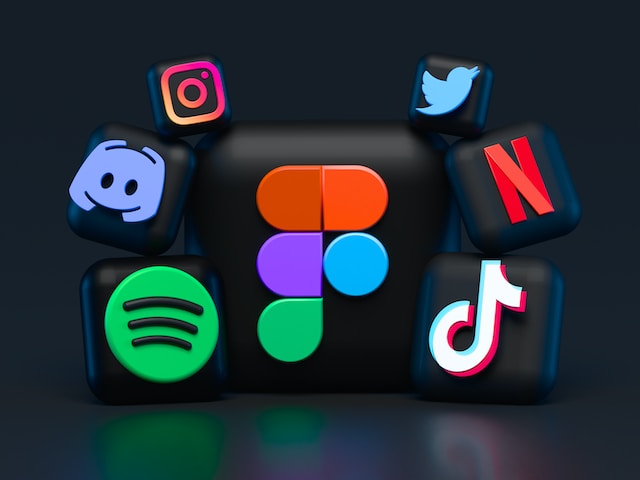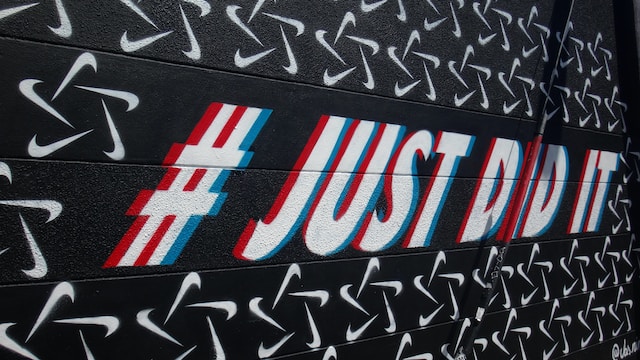Today, developing a strong online presence requires brands to invest in two crucial things: a compelling website and a fantastic social media profile.
While these two assets both serve their own distinct purpose for online promotion, countless companies have discovered they can improve audience engagement and generate more leads by combining both.
You can start with the most simple step. embed social feed into a website with a social media feed aggregator. An eye-catching social media feed embedded into a website is an excellent way to increase the time consumers spend browsing your site, connecting with your company, and talking about your brand.
The question is: which types of social feeds work best?

Here’s everything you need to know about choosing your site’s best social feed strategy.
The Best Social Media Channels to Include in Your Feeds
The first step to creating an effective social media feed is determining the channels you’re going to include in your content mix.
Social aggregator tools can allow you to mix and match content from a variety of platforms. However, you don’t necessarily need to be active on every social channel to produce amazing results.
Choosing channels to showcase on your website means thinking about the characteristics of your target audience, the type of content they’ll find most appealing, and the overall design of your site.
Here are the best options for different types of businesses:
- B2B businesses: If you’re probably focused on connecting with business buyers, then it makes sense to showcase content from channels like Facebook, Twitter, and LinkedIn on your social feed. A LinkedIn embed may be the most valuable option of all, as it allows you to highlight thought leadership content and credible insights from the world’s largest social media network for professionals. With a LinkedIn feed plugin, you can draw attention to news alerts, recent product announcements, and even endorsements from other brands.
- B2C companies: For B2C companies serving a wide audience of consumers, channels like Facebook are often the best bet. With more than 2.7 billion monthly users, Facebook reaches the widest audience of any social channel. It’s also an excellent resource for curating various different kinds of content for your social feed, such as videos, text-based posts, and images.
- Youth-focused companies: If you’re concentrating on connecting with a younger audience through your social media feed, channels like Instagram and TikTok are often best. In fact, 60% of TikTok users belong to Gen Z, making it a great platform for companies trying to connect with the latest generation. Plus, TikTok, Instagram, and even YouTube all give you an opportunity to showcase the authentic personality of your company on your feed.
- Visual brands: If you’re a brand that sells highly visual products, such as jewelry, fashion items, and home décor, you’ll likely benefit from basing your social media feed around content taken from aesthetically pleasing social channels such as Instagram and Pinterest. These channels can provide excellent access to highly engaging visual posts, user-generated content, and various forms of short and long-form video.
- Service businesses: If you’re in the service landscape, offering crucial solutions like healthcare, education, or web development, you can explore a wide variety of different channels for your social media feed. For instance, you might use LinkedIn to share thought leadership and event posts, Facebook to highlight user-generated content, and Twitter to share up-to-date news and insights about your brand.
The Best Types of Social Media Feed
Once you’ve chosen the right channels for your social media feed, the next step is to design a solution to promote your business.
While there are various ways to arrange a compelling feed, the most common options include:
- Brand walls: brand walls are combined feeds from different social channels, such as Facebook, Instagram, and LinkedIn embeds, all focused on drawing attention to your brand. These social media feeds are best used to show your website visitors how active your company is across other social channels and to keep them up-to-date with the latest news.
- Event walls: event walls are perfect for branded events. Organizers can engage online visitors by displaying an entire wall packed with shares from thought leaders attending an event, behind-the-scenes videos, and other valuable posts. With the right tools, you can even create your entire social media feed around a hashtag from your event.
- Hashtag walls: speaking of hashtag-focused social media walls, you could also choose to create a social media feed focused on a specific tag. If you have a personalized brand hashtag for a specific campaign, building a wall with posts linked to that hashtag can help enhance brand awareness, increase conversations, and drive new opportunities.

Compelling Content to Include in Social Media Feeds
Choosing the best types of social media feeds also means knowing which kinds of content to include in your digital showcase. The right content strategy for your social media feed will depend on your target audience, and the specific channels you want to leverage. Some of the most popular options worth considering in today’s landscape include:
1. Short-form video
Short-form videos have emerged as one of the most popular and engaging forms of social media content. Today’s consumers are looking for quick and convenient access to information. Adding short-form videos to your social media feed is a great way to provide visitors with everything from how-to guides and instructions on your products to behind-the-scenes views of events.
Additionally, because short-form video is often less produced and edited than long-form video, it appeals to the 34% of customers who want to see more authentic content from companies. For instance, Metallica shares fantastic video snippets on its social media wall, showcasing new vinyl, products, and even segments from recent shows.
2. News updates and announcements
Text-based posts, updates, and announcements are another excellent type of content to add to any social media wall. With a LinkedIn embed, for instance, companies can share recent insights from business events, highlight thought leadership content, and even draw attention to brand announcements. The best thing about adding news updates and text to your social media wall is that it helps diversify your social media feed and showcase your distinctive tone of voice.
At the same time, it’s a great way to educate and inform your target audience. For instance, the City of Riverside website highlights a host of text-based posts and news announcements on its branded social media wall, so visitors can stay up-to-date on local news.
Also Read:
Benefits of business news aggregator apps and websites
3. User Generated Content
Social proof is one of the most powerful resources you can include in your website. Testimonials, reviews, and case studies from customers are all excellent ways to make your business appear more credible. However, adding more engaging user-generated content to your site with the help of a social media feed can take your brand to the next level.
Studies show that UGC is the most trustworthy form of content shared by any brand. It helps businesses to increase conversions by highlighting the positive experiences of previous customers. For instance, Hapag-Lloyd Cruises shares real insights from its customers on its social media wall, along with insights from employees, and eye-catching snapshots.
4. Educational content
Alongside inspirational and promotional posts, companies can also use their social media feeds to educate and inform their target audience. With a LinkedIn embed, for instance, you can share direct access to valuable educational speeches and webinars. You could also showcase thought leadership content taken from LinkedIn, Facebook, and other channels.
Educational content can also be delivered in a visual format. For instance, countless companies use videos on YouTube, Instagram, and Facebook to give their customers step-by-step guides on how to use new products. For example, sharing educational content with the help of an Instagram feed embed process can be a great way to engage and inform your audience while keeping them on your site for longer. Plus, it could help you to generate sales too.
Just look at how Colorpop uses guides in their social media feed to direct customers to products needed to create a specific look.
5. Engaging images
Finally, one of the most beneficial forms of content to share on any social media wall is engaging imagery. Images are the most common content shared across all social media networks, and adding them to your feed is a great way to add to the aesthetic and visual appeal of your site. High-quality, professional photographs can boost the trustworthiness of your company and brand.
You’re also not limited to experimenting exclusively with photographs. Animated images, illustrations, GIFs, and memes are all great forms of content to include on many types of social media walls. Memes in particular, are fantastic for connecting with a younger audience, and they can make your site seem more personalized and authentic, something 71% of customers expect.
Just look at the phenomenal pictures on the Leonie Hanne social feed for inspiration.
Choosing the Best Type of Social Media Feed
There’s no one-size-fits-all strategy for building the perfect social media feed. For B2B companies, a LinkedIn embed showcasing thought leadership content and endorsements from other brands could be a phenomenal way to boost engagement and increase leads. For fashion companies, a visually-focused wall with plenty of videos, images, and user-generated content might be a must-have.
The good news is that with Juicer, you can create any type of social media feed with minimal effort. This easy-to-use solution makes it simple to curate the perfect feed using hashtags, specific channels, and convenient branding tools. Learn more about how you can use Juicer to enhance your strategy!
